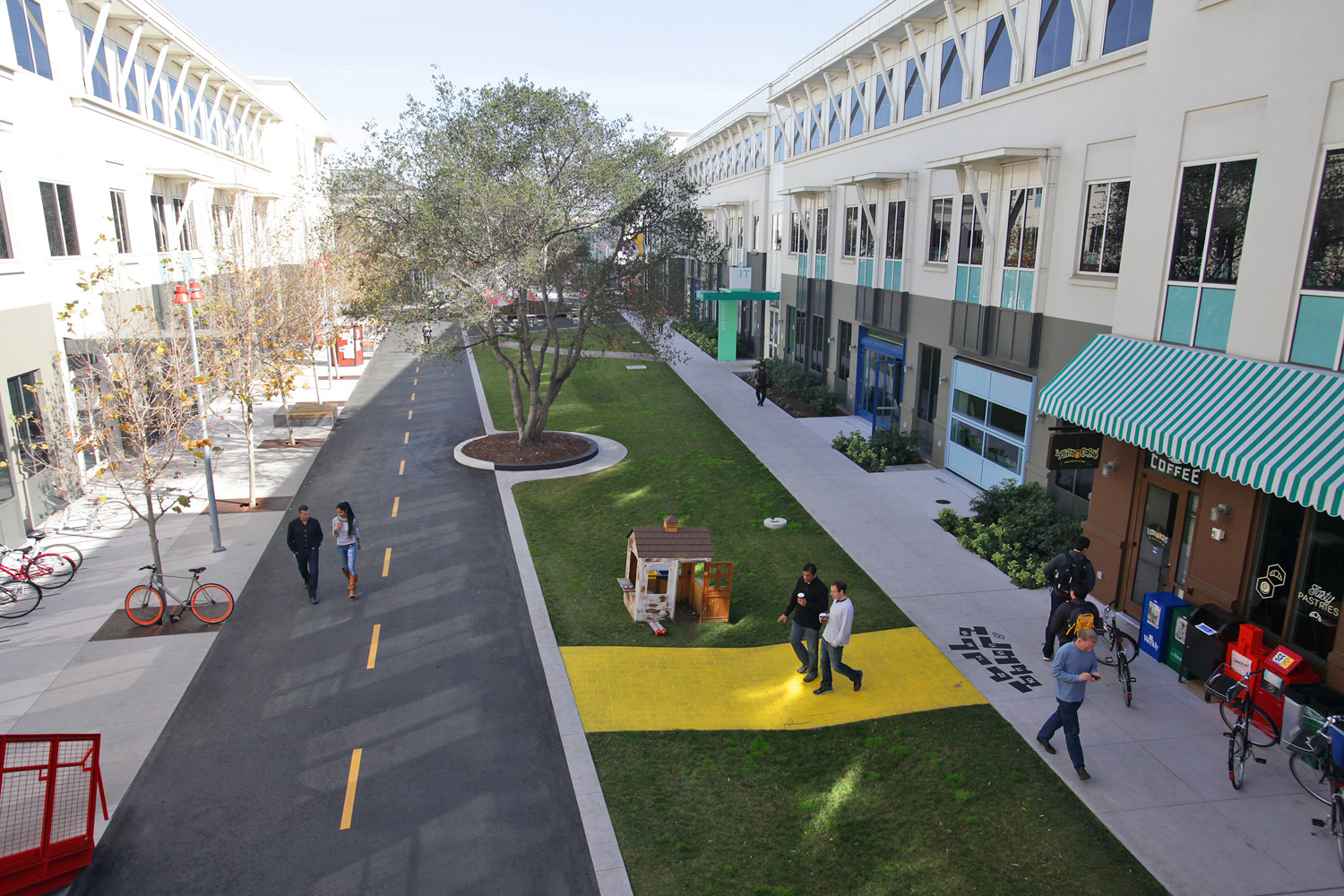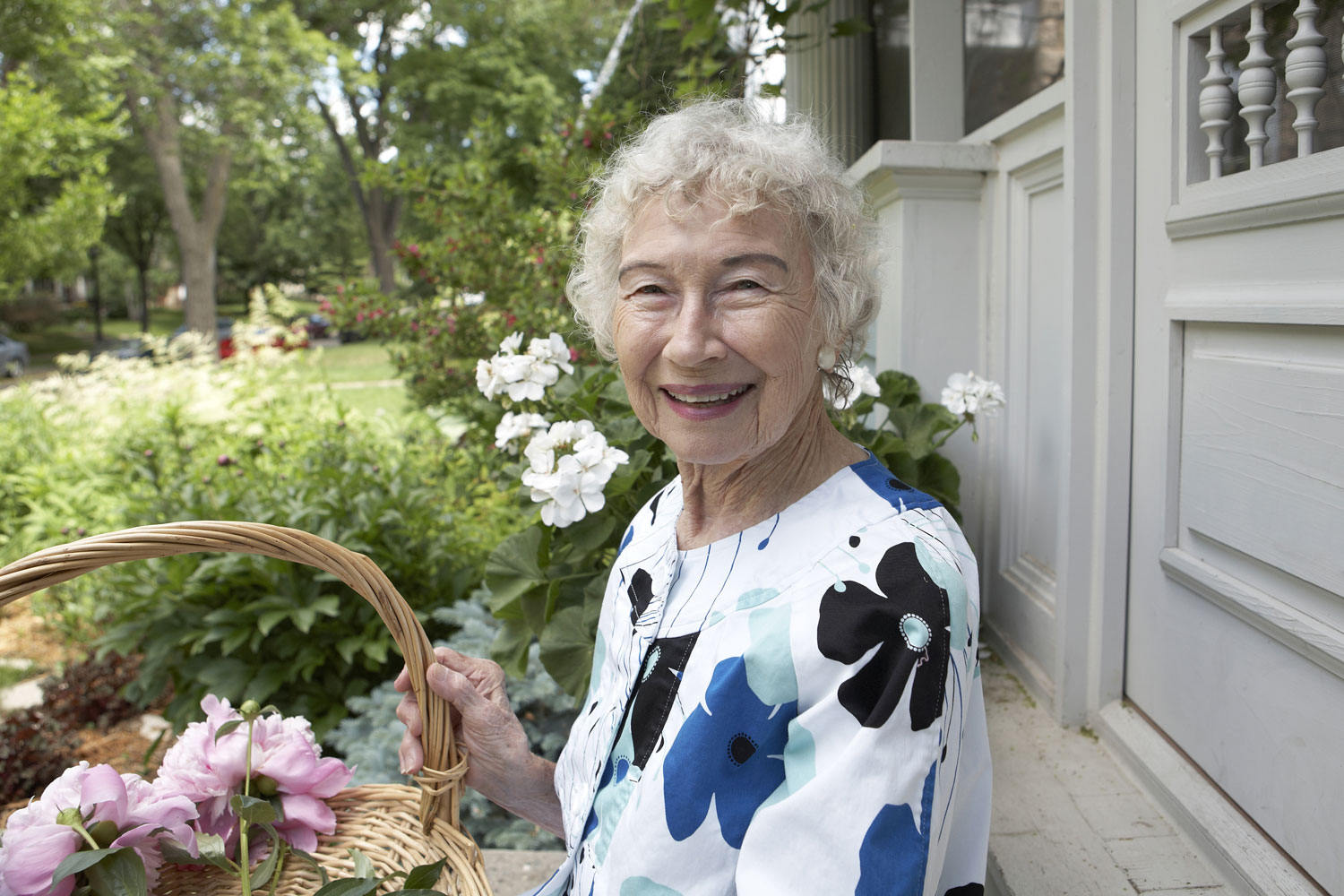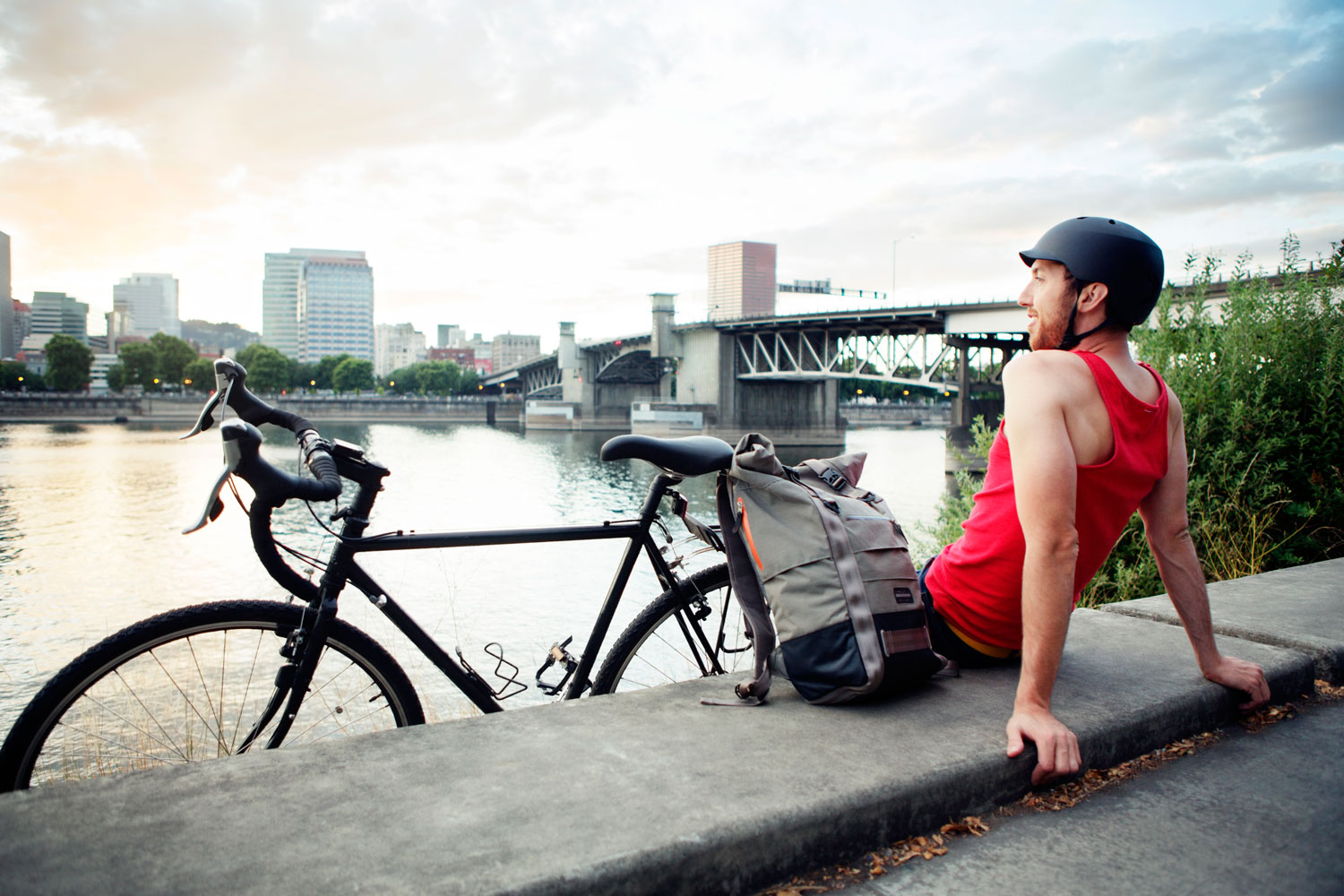
Most of us know that we need to be more physically active. Only 20% of American adults get the recommend amount of physical activity—150 minutes of the moderately intense aerobic kind—each week.
But simply moving more isn’t enough, according to a new report published in the Annals of Internal Medicine. The benefits of exercise can be blunted if you also spend most of the rest of your day sitting.
Dr. David Alter, a heart expert from the University of Toronto and senior scientist at the Toronto Rehabilitation Institute, and his colleagues found that sitting too much—even among people who exercise regularly—led to higher rates of hospitalization, heart disease and cancer, as well as early death.
The researchers looked at 47 studies that asked people how much time they spent sitting and exercising, as well as rates of heart disease, diabetes, cancer and death from any cause. The more hours people in the studies spent sedentary—like watching TV or reclining on a couch—the higher their risk of all of these negative outcomes. Heavy sitters showed a 90% higher risk of developing diabetes than those who sat less, an 18% higher chance of dying of heart disease or cancer, and 24% greater odds of dying from any cause. These rates were the average among people who both exercised regularly and those who did not.
MORE Now There’s Another Reason Sitting Will Kill You
See the 10 Healthiest Cities to Live in America










“What struck me, and I was quite surprised by this, was that the deleterious effects of sitting time were almost uniform across the board of total mortality, heart disease mortality, the occurrence of heart disease, the occurrence of cancer and the mortality from cancer,” says Alter. “When we see a consistent effect, that reaffirms that something real is going on.”
What’s happening, he suspects, is that the metabolic effects of sitting are overwhelming any benefits that exercise might have. Even if people exercise regularly for half an hour or an hour a day, how they spend the remainder of that day is also important to their health. Alter says that the unhealthy effects of sitting are somewhat reduced among those who are physically active—by about 15%—but they aren’t completely erased. “You can make a little bit of headway on the bad effects of sedentary time by at least doing some exercise,” he says. “But you can’t completely nullify it.”
MORE Sitting Can Increase Your Risk of Cancer By Up to 66%
The only way to do that is to sit less, and not just exercise more. For so long, the public health message has been to move more and squeeze in as much active time as possible into the day. That message is still important, he says, but it needs to change as new research on the dangers of sitting starts to emerge. “It’s time to modify the public health message,” he says. “We still need more research, but there is a signal there that it’s time to do that. We need two different strategies—one that targets exercise for 30 minutes to 60 minutes a day, and the other is to reduce sedentary behavior.”
For his patients, Alter starts by helping them realize how much of their day they spend in a chair. There’s no prescription for sitting, and no research yet to support the optimal levels for avoiding cancer or heart disease or early death. But studies have shown that standing burns twice as many calories per hour, about 140, as sitting. And burning extra calories is a good way to maintain a healthy weight, one of the key factors in preventing heart disease and some cancers.
“Little things add up to a lot,” says Alter, who says he checks emails while on a elliptical. He also recommends standing up or moving around for several minutes every half hour when you’re at your desk, and aiming to sit two to three hours less in a 12 hour day. If you can’t give up your favorite TV shows, he adds, stand during the commercials.
Read next: Why You Should Start Forcing Your Coworkers to Take a Walk With You
More Must-Reads From TIME
- The 100 Most Influential People of 2024
- Coco Gauff Is Playing for Herself Now
- Scenes From Pro-Palestinian Encampments Across U.S. Universities
- 6 Compliments That Land Every Time
- If You're Dating Right Now , You're Brave: Column
- The AI That Could Heal a Divided Internet
- Fallout Is a Brilliant Model for the Future of Video Game Adaptations
- Want Weekly Recs on What to Watch, Read, and More? Sign Up for Worth Your Time
Contact us at letters@time.com